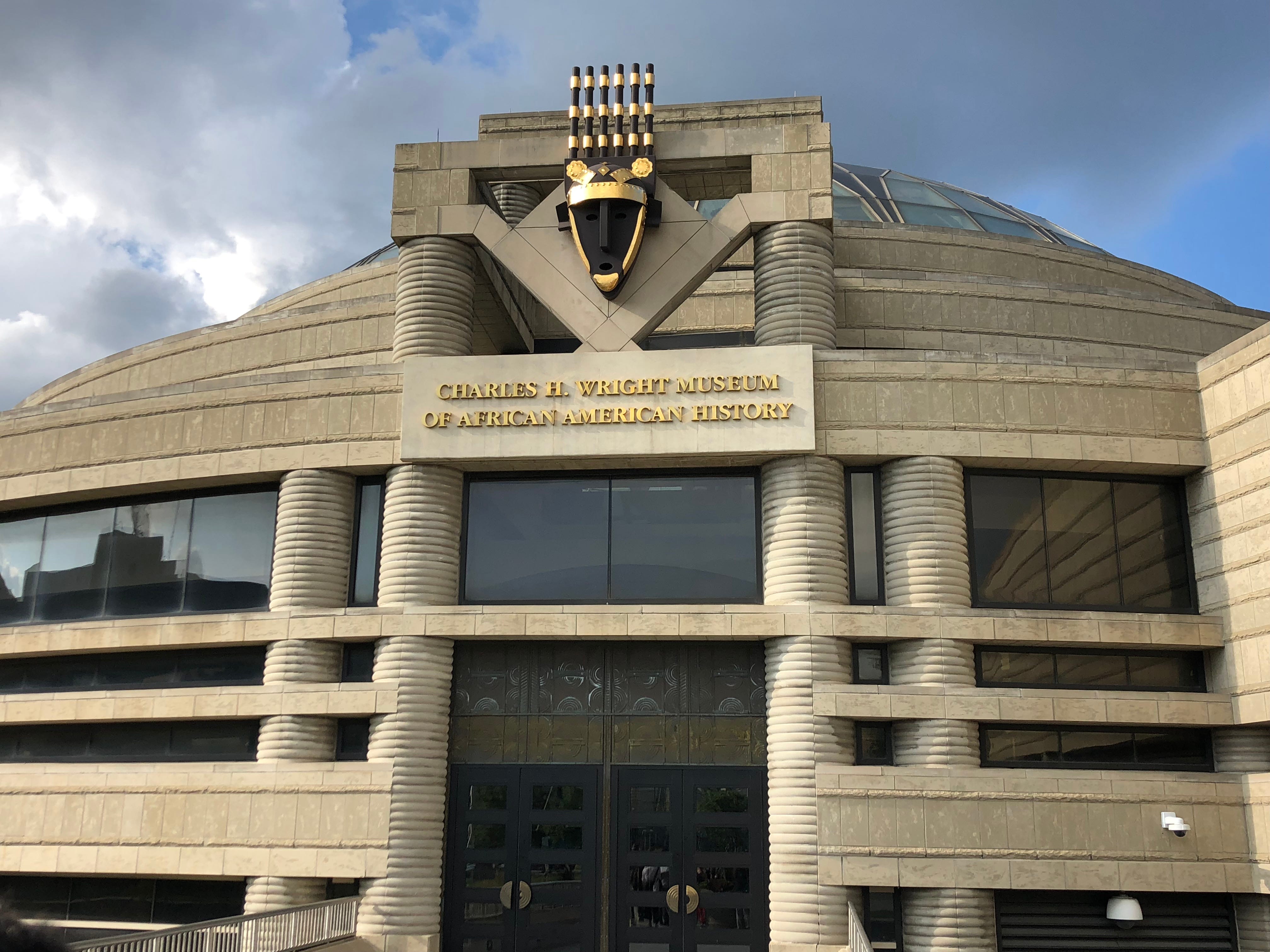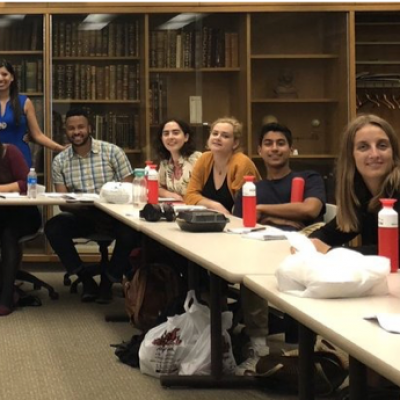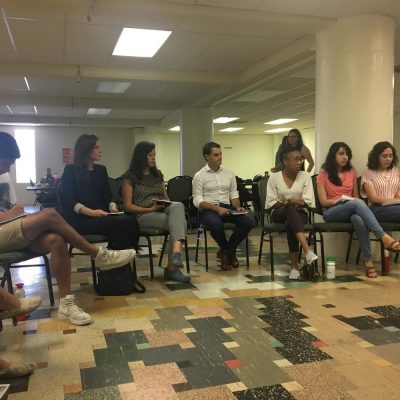Details
Article
The third week of our fellowship has started with loaded topics; policing, mass incarceration, the opioid epidemic, and the war on drugs. While systemic racism is the most important problem underlying all of those issues, a number of its underlying components have to be recognized for us to be able to dismantle the oppressive structures of our society.
As was pointed out during our group discussion on that day, police brutality towards people of color is directly connected to white fragility. This produces an abstract fear that makes police officers shoot an innocent person simply because, for example, they appear as “intimidating.” In response, fellows rightfully noted that our emotions should be subject to examination. Even though we feel certain things, we can’t let ourselves be driven by our emotions to the point that they influence other people’s well being. In fact, as white people, we need to constantly reevaluate our feelings and beliefs towards the people of color to be able to navigate away from the stereotypes that we have internalized.

The questions remain, what feeds the fear and how it can be erased? In The New Jim Crow, Michelle Alexander extensively talks about the myth of the “criminal black man” which has been fueling the public discourse in the U.S. since its very beginnings. From the release of “The Birth of a Nation,” American popular media have been portraying African Americans, especially African American men, as “savages” that can’t enter the greater society because they will inevitably impose violence upon others. “The Birth of a Nation” also exploited the stereotype of the black rapist, which further added to negative perceptions of black men as “untamed”.
More recently, television news broadcasts have contributed to dehumanizing African Americans on-screen by constantly showing the image of black people captured and handcuffed by the police force. At the same time, these media actors have refrained from offering any alternative positive narratives about the African American individuals or communities. The War on Drugs, which could have easily been treated as a health issue, was instead treated as a criminal issue to serve racist political purposes in a country that was based on the premise of extreme form of individualism. As presented in the “13th” documentary which touches on the topic of mass incarceration, America was founded on the exploitation of black and brown people, and after abolishing slavery needed to find a new way to keep the black and brown bodies working. Dehumanizing the whole race was meant to serve this purpose precisely. At the same time, it is also the white fragility which perpetrated the stereotype of the “angry black woman” that aims to police women of color’s ways of speaking about their oppression.

Monday July 23rd also marked the 51st anniversary of the 1967 Detroit Rebellion. As stated boldly in the Kerner Commission’s Report issued 50 years ago, the longtime oppression of white supremacy was the major reason causing the tensions in Detroit and other American cities. Charles Ferrell, the Vice-President of Public Programs at the Charles H. Wright Museum of African American History in Detroit who was our speaker on Monday, has called our attention to the language we use to speak about this story. Choosing to call the 1967 outbreaks as “riot” belittles the underlying racial issues, erases the experience of oppression of African Americans in the U.S., and again dehumanizes the entire African American community. Racial stereotypes pertain every sphere of our reality and we ought to be attentive to the ways we speak and the words we choose to describe the reality. Until we collectively realize how much we are influenced by the myths we have internalized, unconsciously or otherwise, we will not be able to work through our bias. Instead we will be defined by the abstract fear that halts the discussion about race in America at best, and puts other people’s lives at risk at worst. Using the language we speak in a conscious way is another act of resistance that we can together introduce in our social surroundings to move towards equality at a faster pace.





